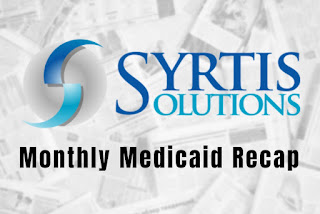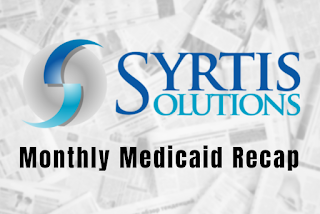Over the last three years, the Coronavirus public health emergency was extended numerous times. The PHE and the Families First Coronavirus Response Act adjusted Medicaid eligibility, and consequently, Medicaid enrollment increased dramatically during the course of the pandemic. Between February 2020 and July 2022, 82 million people enrolled in the Medicaid program, but millions are expected to lose coverage in 2023.
Recently, Congress released H.R. 2617 and within the $1.7 trillion bill was a requirement for states to start Medicaid eligibility redeterminations by April 1. States have been expecting eligibility redeterminations, but up until this point, it was not clear when they would occur because of the PHE extensions.
Due to the April deadline, they will need to review their Medicaid budgets as federal funding decreases and maintenance of eligibility requirements (MOE) expire. States expect the eligibility redeterminations to take at least a year to complete. During that time, it will be critical for states to communicate the change and updated eligibility statuses to program recipients.
In the course of the pandemic, Congress passed the FFCRA to expand Medicaid coverage and deliver additional fiscal aid to states by increasing the federal medical assistance percentage (FMAP) by 6.2 percent. Under the legislation, states were restricted from changing eligibility or removing members from the program. In recent months, states have requested a 120-day notice to prepare for the end of the PHE, but H.R. 2617 only allows for 3 months.
Along with eligibility redeterminations, the bill also features a gradual phase-down of the 6.2 percent FMAP over the next year. Rather than an instant reduction, the FMAP will decrease to 5 percent between April and June and slowly drop to 1.5 percent by the end of December.
States will need to generate monthly reports and make various efforts to correspond with plan members before they disenroll them to qualify for the FMAP step-down. For instance, states can not disenroll a member because their mail was returned. Plans will need to follow up with beneficiaries using other methods, such as email. These efforts will help to reduce the number of beneficiaries that lose coverage.
According to Medicaid.gov, this will be the "single largest health coverage transition event since the first open enrollment period of the Affordable Care Act." DHHS released a report in August predicting that approximately 15 million people would lose coverage based on historical patterns of coverage loss.
Now that states have a deadline to redetermine Medicaid eligibility, coordinating benefits to ensure eligible beneficiaries continue receiving coverage will be crucial. Some members will be eligible for additional benefits. Others may enroll in employer-sponsored healthcare or find coverage on the ACA exchange. While eligibility redeterminations will be a challenging task for Medicaid plans, it will also present an opportunity to ensure that vulnerable populations receive benefits and that program resources are preserved.
Click this link and learn more.


















